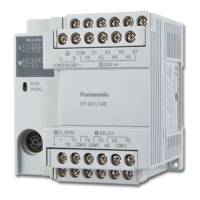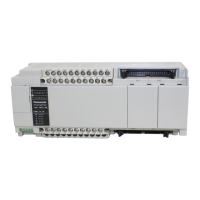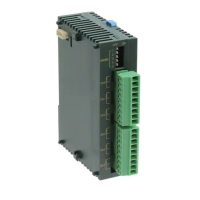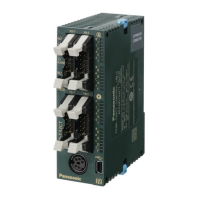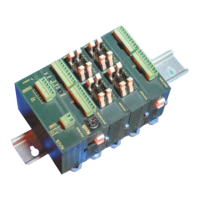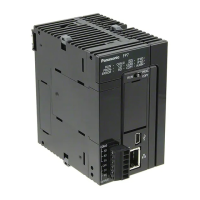Modem Control/Dial-up Connections
FP Modem-EU Technical Manual
3.7 DTMF Alarm and DTMF Telecontrol
You can use the FP Modem-EU to send DTMF alarms or decode DTMF tones for telecontrol.
3.7.1 Sending a DTMF Alarm
When the FP Modem-EU sends out DTMF tones for alarming:
• The modem dials up a voice telephone (the CLIP decoder helps identify the calling
modem).
• The PLC/ FP Modem-EU generates a message with DTMF dial tones.
• An optional, external DTMF decoder can show the numeric message.
• The human operator can acknowledge the call with a DTMF tone.
Main settings
Dial string Description
ATDTxxxxL; Dial up a voice telephone, no wait on pickup, enter command mode
ATDTxxxxK; Dial up a voice telephone, with wait on pickup, enter command mode
ATDTxxxxx; Useful after dial-up to send DTMF tones
AT\M23 Useful after dial-up to send a continuous tone
The special character ‘L’ in the dial string (ATDT12133...L;) switches the DTMF function for
alarm tones to ON. After dialing, the modem switches to command mode and can now output
dial tones via new dialing commands (ATDT1111111;). While the modem is in command mode,
all detected DTMF tones are output to the RS232C with the message: DTMF: x<CR> (also see
below).
As an alternative to ATDxxxL; ATDxxxK; can be used. If ATDxxxK; is used, the modem waits
for a period of silence lasting for 5 seconds (no ring) to check if the call has been answered.
Alternatively to the second, alarming ATDT command, a continous tone can be generated with
AT\M23 command (see "
Command Tables" on page 68).
• The S7 timer is disabled and the connection can only be disconnected by the
ATH-command.
• The modem always has to hang up with ATH for a DTMF connection.
40
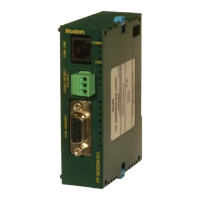
